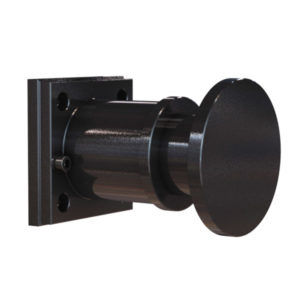
Friction spring 01800 series conicaltransmission

Add to favorites
Compare this product
Characteristics
- Function
- friction
- Type
- conical
- Applications
- transmission
- Outer diameter
Max.: 320 mm
(12.6 in)Min.: 18.1 mm
(0.7 in)- Force
Max.: 1,250 N
Min.: 5 N
Description
The main function of a friction spring is to dampen/absorb introduced energy. A friction spring consists of closed outer and inner rings, which interlock with their conical surfaces. The axially introduced energy pushes the outer and inner rings onto each other on the conical surfaces, so that the spring column is shortened. This causes the outer rings to expand and the inner rings to decrease in diameter. The resulting friction on the cone surfaces absorbs the energy introduced and converts it into heat to be dissipated. Resonance phenomena are completely suppressed.
Principle of the friction spring:
Friction springs consist of outer and inner rings which are in contact on their conical surfaces using a special lubricant.
If an axial force acts on the friction spring, the conical surfaces slide over each other and cause the outer rings to increase (expand) and the inner rings to decrease (compress). The conical surfaces cause a force and displacement transmission. This results in a linear spring diagram.
An effective conical surface is called a spring element, i.e. half an outer and half an inner ring.
Friction springs are constructed from identical outer and inner rings. By changing the number of elements, any spring travel and thus any spring stiffness can be achieved. However, the final force always remains the same with different numbers of elements. Only the spring travel and the spring length change.
The selection of the ring type determines the outer and inner diameters as well as the spring force. Spring length, spring travel and work absorption depend on the number of elements.
Catalogs
Related Searches
*Prices are pre-tax. They exclude delivery charges and customs duties and do not include additional charges for installation or activation options. Prices are indicative only and may vary by country, with changes to the cost of raw materials and exchange rates.








